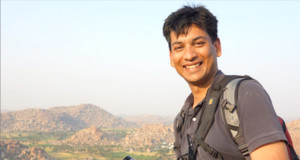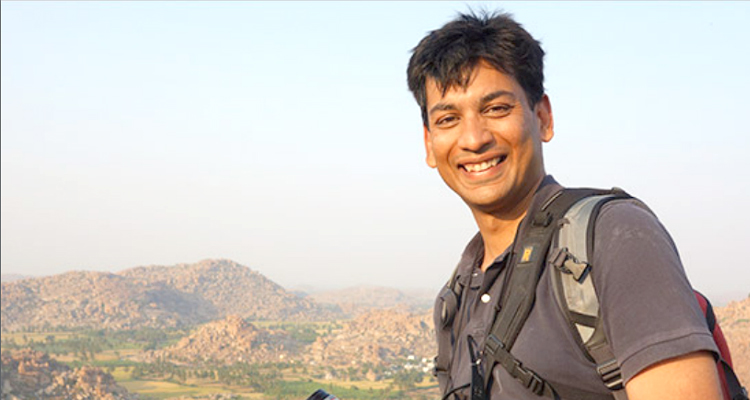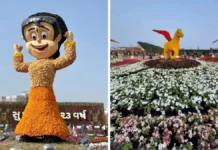
NEW DELHI: Travel writer Ajay Jain’s road trips of over 1,00,000 km across India since 2007 and black and white portraits shot during these journeys; the result: a new book called “Indians”.
Every destination on the planet offers only a subset of what India boasts as a whole. Where else would one find so much of natural and man-made heritage to include landscapes, monuments, history, food, culture, religion, festivals, customs, dressing, wildlife and people, the author says.
Jain has been road tripping across India since 2007, having self-driven over 1,00,000 km. What started as a desire to travel became a journey of enchantment. He wanted to showcase portraits of those he met and what he saw on the road.
“This book is an attempt for each of our country’s citizen to realise the richness in our diversity, and to appreciate and embrace it. When we do so, we will love our fellow Indians, and thus love our own land,” he says of the book, which he has self-published.
The book took a decade to shoot, and the idea of the book kept floating in and out of Jain’s senses for nearly two years.
“I wanted to create a book on portraits, but was not sure of its form and message. And then, about six months ago, my art director and I figured the answer would come only when we got down to the job. So we selected a few images, and started experimenting with layouts and text,” he told PTI.
The text part was not easy – every image had stories and anecdotes that could have spanned pages.
“But we finally chose to stick to a minimal approach. Say enough to tell the reader what the image is about, but leave the rest to imagination or to know upon quizzing the author. I have shared my email and mobile in the book,” he says.
They then debated colour and black and white but settled for the latter.
“I had about a lakh photos. The book has about 100 photos. The first 60-70 were easier to choose. The task became a bit more agonising later – as we approached our limit (we could only have so many pages), we had to select and reject many close contenders,” he says.
“When work on the book started, we experimented with layouts in both colour and B&W. All my earlier work had been in colour – so B&W choosing was a bold step forward,” Jain, who also runs the Kunzum Travel Cafe here, says.
What were the merits of B&W?
“The images give a sense of a moment of time being captured in them. Then by eliminating colour, I chose interpretation over factual narration. Also I left a lot to the imagination, allowing me to inject more emotion and meaning to the image. I feel B&W is a medium that works in most conditions,” he says.
According to Jain, there was a sense of apprehension when he started shooting tribes in the Northeast.
“But gradually, I got comfortable – I realised they meant no harm even if some were not very communicative. Most smiled and laughed, some even danced with me and a few invited me home. Soon enough, I was walking into habitats for the first time without any self-doubts,” he says. PTI







